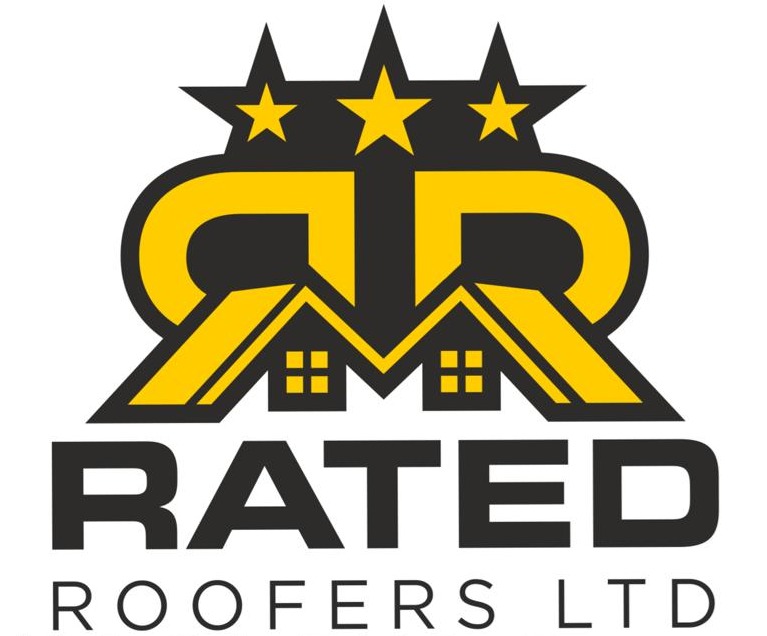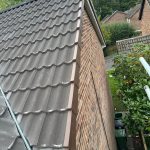
What Types of Roof Insulation is There?
So, What Types of Roof Insulation is There?
When it comes to keeping your home warm and energy-efficient, roof insulation plays a major role. Many homeowners understand the value of insulation in walls or floors, but the roof is where the greatest amount of heat is lost. That’s why understanding the different types of roof insulation is essential when planning a repair, replacement, or new installation.
At our company, we’ve worked on all kinds of properties across Surrey, South London, and Sussex. Over the years, we’ve seen how the right insulation not only improves comfort but also reduces energy bills and carbon emissions. In this guide, I’ll explain the main types of roof insulation available, how they work, and which may be best suited to your property.
Why Roof Insulation Matters
Up to 25% of a home’s heat can escape through an uninsulated roof. That means higher heating costs and less comfort during colder months. Roof insulation creates a barrier that prevents heat from escaping in winter and keeps it out during summer.
As roofers, we see the difference it makes first-hand. A well-insulated roof doesn’t just save energy; it helps prevent condensation, damp, and damage to roof timbers. It also makes homes quieter and improves overall living comfort.
Different Types of Roof Insulation
Roof insulation comes in several forms, depending on the property design and the roof structure. Here are the most common types of roof insulation we install and maintain.
1. Blanket or Batt Insulation
This is one of the most common options for pitched roofs. Blanket insulation comes in rolls or pre-cut batts made from materials such as glass wool, mineral wool, or sheep’s wool. It’s usually installed between the joists in the loft.
It’s a cost-effective solution for accessible lofts, providing excellent thermal performance. However, it’s not suitable for every roof type, particularly those with limited headroom or awkward shapes.
2. Loose-Fill Insulation
Loose-fill insulation is made from small particles, such as cellulose or mineral wool. It’s blown or poured between the joists to fill gaps and corners that batt insulation might miss.
This type is ideal for lofts with irregular spacing or hard-to-reach areas. It’s lightweight and easy to top up, though it can shift over time if not properly contained.
3. Rigid Foam Boards
Rigid boards, often made from PIR (polyisocyanurate) or phenolic foam, provide excellent insulation and strength. They’re used in both pitched and flat roofs, often under the rafters or above the roof deck.
We often use these materials in flat roofs, extensions, and new builds where precise fitting and moisture resistance are required. Although they cost more upfront, they deliver outstanding thermal performance and longevity.
4. Spray Foam Insulation
Spray foam is a more modern insulation type that expands to fill spaces completely. It creates an airtight seal and can be applied directly to the underside of the roof.
While it provides strong insulation and prevents draughts, it must be installed by trained professionals. Poor application can lead to condensation issues, and not all mortgage providers approve it, so always seek professional advice first.
5. Reflective Foil Insulation
This insulation reflects heat back into the property using aluminium foil layers. It’s commonly used in combination with other materials to improve performance.
Reflective insulation works well in warmer climates or areas where radiant heat is an issue. In Surrey’s mixed weather, it’s often used alongside rigid boards or blanket insulation to maximise efficiency.
6. Warm Roof vs Cold Roof Insulation
Insulation can be fitted in two main ways, as a warm roof or a cold roof system. Understanding the difference helps determine which setup suits your property best.
-
Warm Roof: Insulation is placed above or between the rafters, keeping the roof structure warm. This approach is ideal for habitable loft spaces or flat roofs.
-
Cold Roof: Insulation is installed between the ceiling joists, leaving the roof space above unheated. It’s cheaper and works well for unused lofts.
We use both systems depending on the design, budget, and intended use of the space.
Choosing the Right Insulation for Your Roof
The best insulation depends on several factors, including the roof structure, accessibility, and your budget. For example:
-
For loft conversions or extensions, rigid boards or warm roof systems are usually the best choice.
-
For existing lofts, batt or loose-fill insulation offers great value and easy installation.
-
For flat roofs, rigid boards are preferred for their strength and moisture resistance.
If you’re unsure which option fits your property, we can assess your roof and recommend the most efficient solution.
Insulation and Energy Efficiency
Good insulation directly reduces energy bills by keeping heat where it belongs. Many of our roofing projects, such as new roofs and renovations, include insulation upgrades as part of the build.
Over time, these improvements pay for themselves through lower energy costs and better living comfort. Plus, improved insulation can increase your home’s EPC rating, adding long-term value.
Insulation During Roof Repairs and Maintenance
It’s not only new roofs that can benefit from insulation. During roof repairs, we often find sections that could use improvement. Adding or upgrading insulation during maintenance work is a practical way to enhance performance without the need for a full replacement.
This approach is particularly useful for older homes where insulation standards were lower at the time of construction.
Integrating Insulation in Extensions and Conversions
When adding new living space through extensions and conversions, insulation becomes even more important. These projects need proper thermal control to ensure comfort and compliance with building regulations.
We design insulation layouts that work with the new structure, preventing heat loss and ensuring even temperature throughout the home.
Roofline and Ventilation Considerations
A common mistake homeowners make is adding too much insulation without considering ventilation. Without airflow, warm air can lead to condensation, causing damp and mould.
We make sure every project balances insulation with proper ventilation through roof vents, soffits and fascias, and breathable membranes. This ensures the roof remains both warm and dry.
Brickwork and Structural Elements
In some cases, poor insulation can lead to cold bridging, where heat escapes through solid materials like brick or mortar. As part of our brickwork and repointing service, we often address these areas to improve thermal efficiency and prevent damp from spreading.
The Role of Experience in Insulation Work
Roof insulation may seem simple, but it requires knowledge of materials, moisture control, and building regulations. Experience matters because poor installation can lead to damp, sagging, or ineffective insulation.
Our team brings years of experience to each project, ensuring insulation is fitted correctly and performs as intended. We also stay up to date with modern materials and energy standards so our customers receive the most efficient solutions available.
Common Signs of Poor Insulation
If your home feels cold even when the heating is on, or if your energy bills keep rising, it might be time to check your insulation. Other signs include:
-
Uneven temperatures between rooms
-
Condensation or damp in the loft
-
Ice forming on roof edges in winter
-
Overheated lofts during summer
If you notice these problems, a professional inspection can confirm whether your insulation needs replacing or upgrading.
Sustainability and Eco-Friendly Materials
Sustainability has become a key part of modern roofing. Many homeowners are now choosing eco-friendly insulation materials like recycled cellulose or natural wool. These options reduce environmental impact while still offering strong thermal performance.
We’re always happy to discuss greener alternatives and recommend materials that balance performance, cost, and environmental benefit.
Trusted Roofing and Insulation Specialists
Installing insulation is most effective when done alongside general roofing work. Our experience across flat roofs, tiled systems, and full roof installations ensures that insulation complements the entire structure.
We’re proud to hold verified reviews on Checkatrade, reflecting the quality and reliability of our work across Surrey and South London.
Conclusion
So, what types of roof insulation is there? From traditional mineral wool to advanced rigid boards and spray foam, the right choice depends on your roof structure, budget, and energy goals. The key is professional installation that balances insulation with proper ventilation and structural care.
If you’re considering upgrading your insulation or planning a roofing project, contact us for expert advice and a free quote. We provide reliable, high-quality roofing and insulation services throughout Surrey, South London, and Sussex, helping homeowners stay warm, efficient, and protected all year round.


Comment (0)